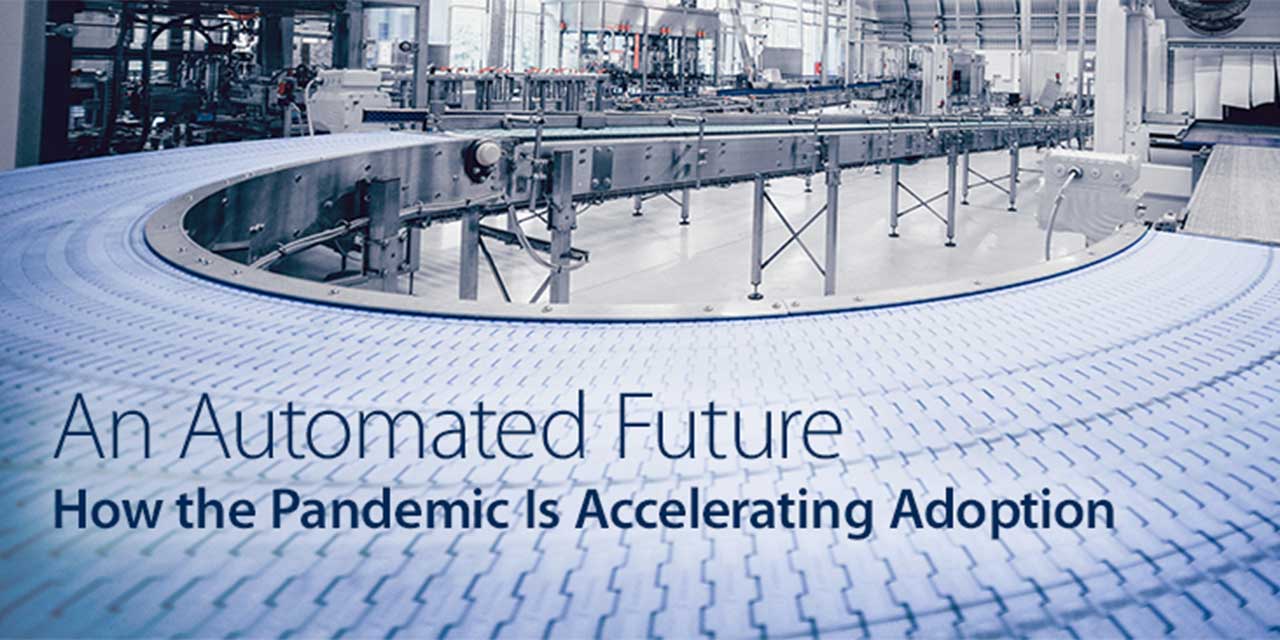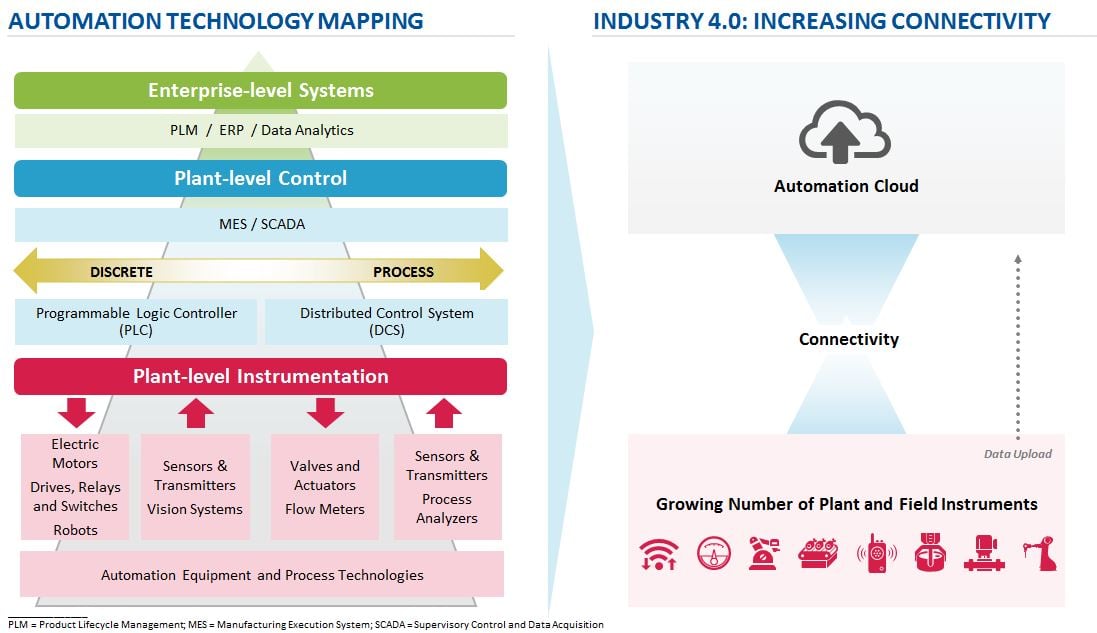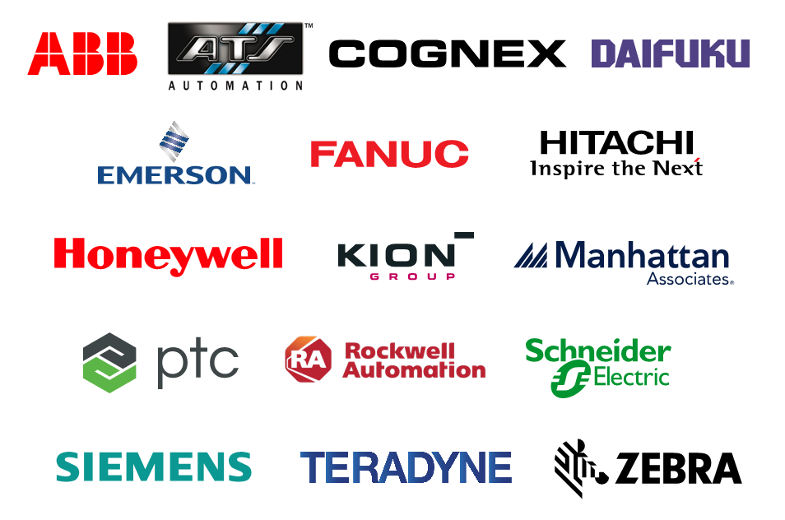
Powering Through a Pandemic: Automation
In a COVID-19 world, automation is not only here to stay -- its influence on our lives and businesses globally will accelerate. This trend is catalyzing business leaders to rapidly pivot, responding to changing consumer preferences, making business operations pandemic-proof and continuing the longer-term quest to remain competitive. Although 2020 will be a challenging year globally, COVID-19 is putting this already attractive secular trend on fast-forward.
Who Benefits From This Accelerated Automation Trend?
- e-Commerce Ecosystem Players – The need for social distancing has driven a rapid and likely lasting shift of consumer preferences towards e-commerce. Online purchasing momentum greatly favors e-commerce platforms such as Amazon and the logistics infrastructure (i.e. facilities, material handling systems and “the last mile”) that enable faster delivery times. More on the e-commerce trend
- Business Models Facilitating Greater Workplace Safety – With heightened awareness of and more stringent regulatory requirements around hygiene and worker safety, automation business models that can help companies with everything from social distancing to disinfecting will be of great interest. Automation technologies not only allow for consistency and labor efficiency, but also provide business leaders more confidence in creating pandemic-proof operations through social distancing and an overall reduced reliance on human labor. Further, the use of UV lights, robotics and other non-topical products for disinfecting business operations hold great promise. More on the Hygiene trend
- Re-shoring Partners – COVID-19 exposed the overreliance on China and other low-cost manufacturing centers. We expect businesses leaders to rethink global supply chains and relocate at least a portion of their warehousing and production networks to avoid future supply chain disruptions. This will further increase demand for automation as these new facilities will be located in geographies with higher labor costs increasing the payback of investments in automation. Many business leaders facing a re-shoring decision may be new to evaluating automation. Business models that assist clients in developing customized automation solutions will benefit, in addition to those businesses that produce the underlying standardized automation hardware and software technologies.
Businesses across the automation technology spectrum (illustration below) are poised to benefit from this accelerating adoption – everything from plant-level instrumentation to plant-level controls, to enterprise-level systems. In addition to opportunities from increased adoption in new end markets, these new automation systems will increasingly include advanced connectivity capabilities to meet data/analytics demands and will require additional support from automation partners enlarging the already attractive opportunity.

Representative public players across the spectrum include:

Learn more about our Test, Measurement and Automation practice